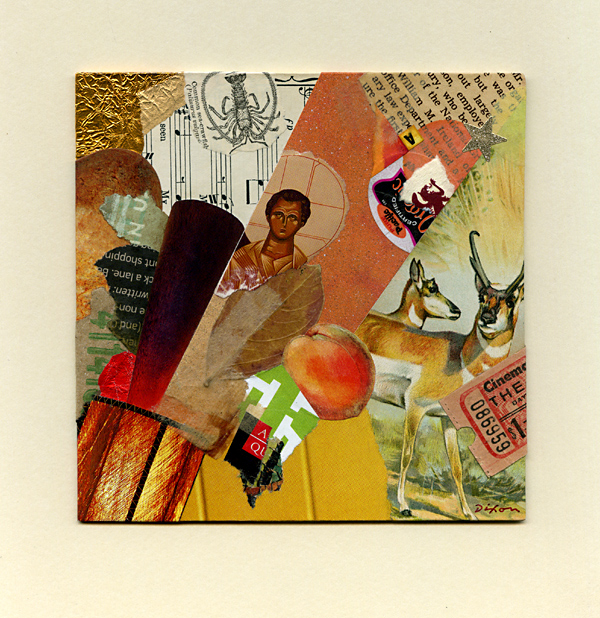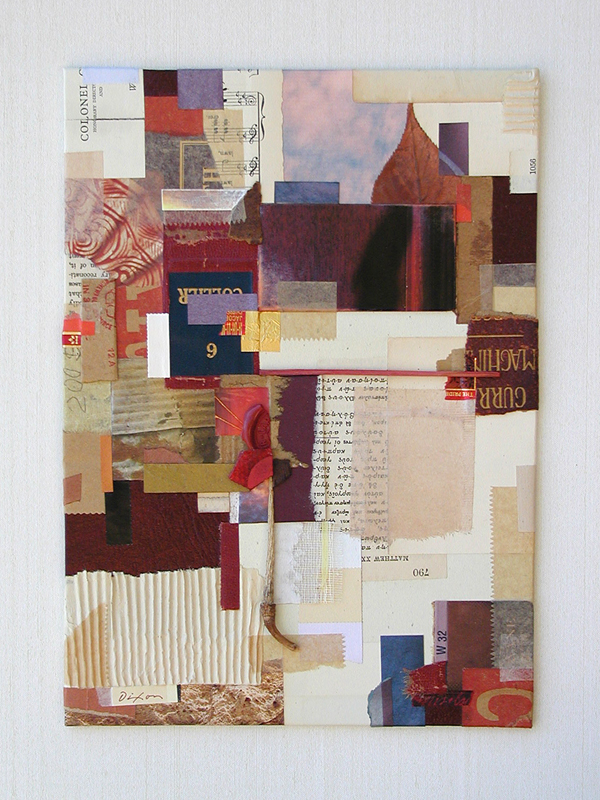”Every man should be born again on the first day of January. Start with a fresh page. Take up one hole more in the buckle if necessary, or let down one, according to circumstances; but on the first day of January let every man gird himself once more, with his face to the front, and take no interest in the things that were and are past.”
— Henry Ward Beecher
“Finish each day and be done with it. You have done what you could. Some blunders and absurdities no doubt crept in; forget them as soon as you can. Tomorrow is a new day; begin it well and serenely and with too high a spirit to be encumbered with your old nonsense.”
— Ralph Waldo Emerson (thanks to four corners design)
It is interesting to see the contrasts inherent in various discussions about setting New Year’s resolutions. I think that most people who make them keep the practice to themselves, and the ones who do not are prompted to explain why, often coming from a position that seems cynical or overly critical to me. To be fair, some are simply being practical when they question the efficacy. For those who go out of their way to sow seeds of disdain for the customary list: it’s not about now long it stays viable, or about the resulting success rate, or whether it retains meaning in a culture where overt self-improvement carries a tinge of “fuddy-duddy-ness.” For me it’s about one’s mindset at the cyclical cusp. Is it not just “the thought that counts.” The thought becomes a renewal of self-belief, expressed in multiple line-items of striving. It requires introspection, evaluation, discernment, and commitment— hardly fashionable, to be sure. As an artist, I know that resolutions have worked for me at some level, just as they have for other aspects of my personal discipline (the effort to stop smoking, quit refined sweeteners, or get into marathon condition all began with a New Year’s Day pledge). The bad rap on resolutions probably has a lot to do with the familiar failure to abstain, and that’s understandable, given the nature of human behavior. For the most part, the average person underestimates the value of failure as a stepping stone to achievement. Some of the best insight I’ve read on the subject has been written and shared by choreographer Twyla Tharp. For a creative individual, positive resolutions can be an aid to tackling new challenges. Perhaps it is better to attempt a new ritual of focusing on priorities rather than resolving to banish procrastination, for example. Detrimental patterns can more effectively be overcome if one replaces them with beneficial habits. If a promise to oneself on January the First will help, I’m all for it.
Majestic Fetch
collage miniature by J A Dixon
6 x 6 inches
• S O L D



